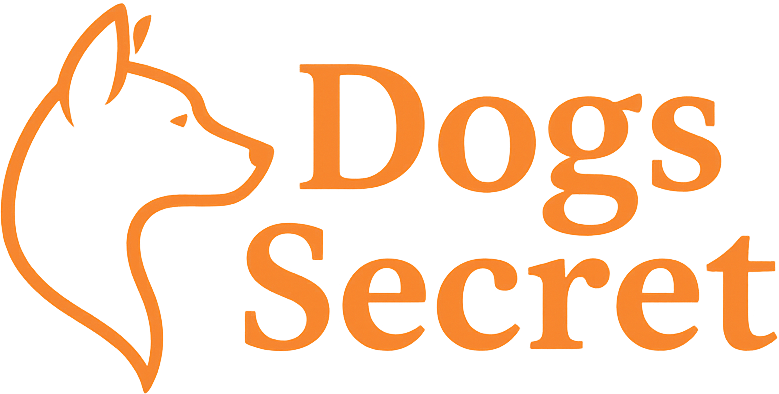Dog feeding schedule is just as important as the type of food you choose. Feeding your dog the right food is essential—but feeding at the right time and frequency can be just as critical for their health, digestion, and behavior. Whether you’re raising a growing puppy or caring for a senior companion, understanding the best feeding schedule is essential for a happy, healthy dog.
In this guide, we’ll explain how many times a day you should feed your dog based on age, breed size, lifestyle, and health, along with expert tips to build the ideal feeding routine.
Why a Feeding Schedule Matters
A consistent feeding routine helps:
- Maintain a healthy weight
- Improve digestion and nutrient absorption
- Support regular bathroom habits
- Reduce anxiety around mealtime
- Reinforce training and structure in your dog’s day
Free-feeding (leaving food out all day) is convenient, but it can lead to overeating, obesity, or picky eating habits.
General Feeding Frequency by Life Stage
Dog’s Age | Feedings per Day |
|---|---|
6–12 weeks (puppies) | 4 meals/day |
3–6 months | 3 meals/day |
6–12 months | 2–3 meals/day |
1–7 years (adults) | 2 meals/day |
7+ years (seniors) | 2 meals/day (or 3 smaller meals if needed) |
Note: Large breed puppies benefit from 3+ meals daily to slow growth and protect joints.
How Often Should You Feed Your Dog?
🐶 Puppies
Require more frequent feeding to support growth and stable blood sugar.
- Choose a high-quality puppy formula
- Space meals 4–6 hours apart
- Stick to the same times each day
🐕 Adult Dogs
Twice daily feeding is the gold standard for most adult dogs.
- Morning and evening meals
- Helps manage hunger and behavior
- Reduces risk of bloat (especially in large breeds)
🐕🦺 Senior Dogs
Stick with 2 meals, or split into 3 smaller portions for dogs with slower digestion or medical conditions (e.g. diabetes).
Should You Feed Your Dog Once a Day?
Feeding once a day is not recommended for most dogs. While some dogs may adapt, once-daily meals can lead to:
- Hunger-related vomiting (bile reflux)
- Energy dips or food-guarding
- Increased risk of bloat in large breeds
Always consult your vet before trying a once-a-day schedule.
Ideal Feeding Times
Consistency is key. A typical schedule:
- Breakfast: 7–9 AM
- Dinner: 5–7 PM
- Add lunch or a late evening meal for puppies or dogs with special needs
Avoid feeding right before or after exercise, especially in large breeds (risk of bloat).
Adjusting Based on Lifestyle
- Active or working dogs: May need 3 meals for sustained energy
- Toy breeds: May require more frequent feedings due to fast metabolism
- Overweight dogs: Use meal timing to manage hunger and calorie intake
- Dogs with medical conditions: Follow vet-prescribed feeding schedules
Tips for a Healthy Feeding Routine
- Stick to regular times—dogs love routine
- Use a measuring cup or scale for accuracy
- Don’t leave food out for longer than 20 minutes
- Provide fresh water at all times
- Avoid feeding immediately before or after exercise
- Limit treats to 10% of daily calories
Wet Food vs. Dry Food Schedules
Wet food may require more frequent feedings, especially if split into smaller portions. Dry food is easier to store and measure for 2-meal routines.
Combination feeding (wet + dry) can still follow a 2 or 3-meal structure—just balance the calories across portions.
Conclusion
Final Thoughts on Dog Feeding Schedule
The best feeding schedule depends on your dog’s age, size, activity level, and health needs. Most dogs thrive on two structured meals a day, but puppies, seniors, and special cases may need adjustments.
Want a printable daily feeding chart or a personalized meal planner? Visit our Dog Feeding Schedule Hub to download helpful tools.

